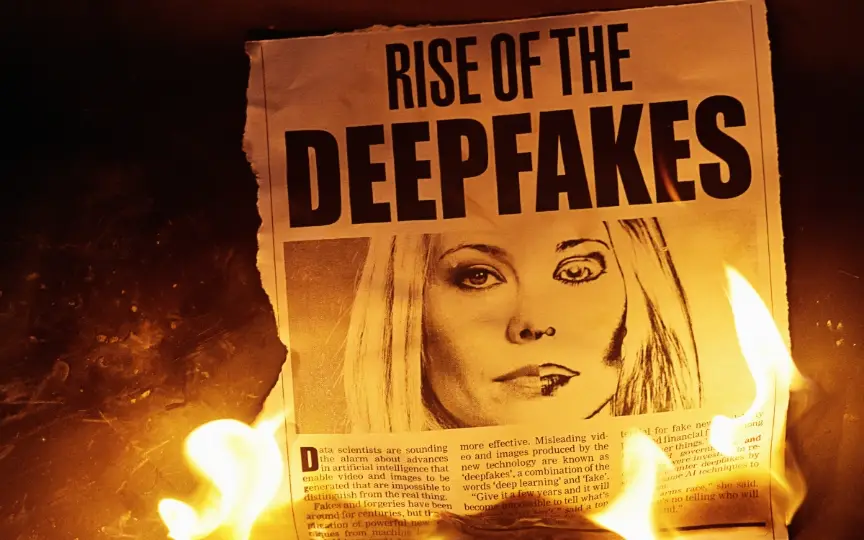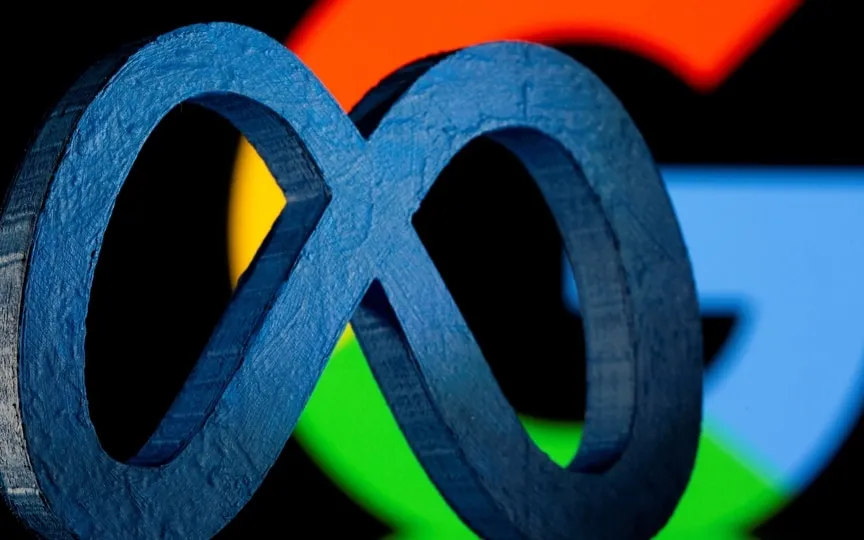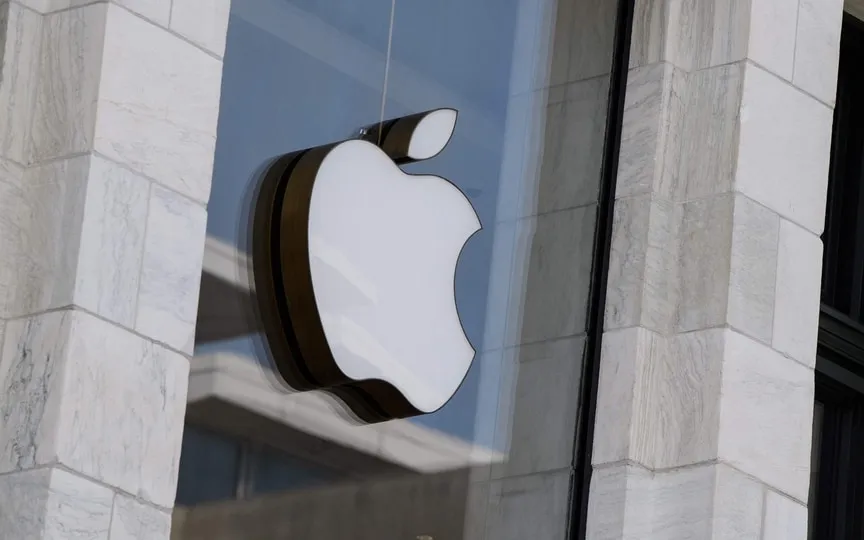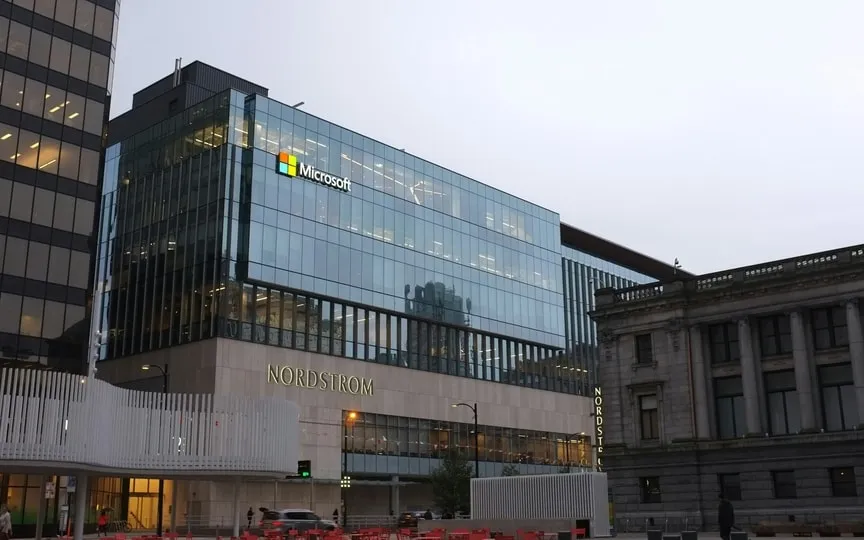Women Beware: AI Leaders Take Action as Deepfake Threatens All – Not Just Rashmika & Alia!
Deepfake is a significant threat to both men and women, but women have increasingly become victims of such harmful content. Deepfake primarily abuses artificial intelligence (AI) and most often targets women to create pornography without consent by manipulating their videos and photos.
Recent examples include the viral deepfakes targeting actresses Rashmika Mandanna and Alia Bhatt. According to a recent report, India is one of the most vulnerable countries to this emerging digital threat, with celebrities and politicians particularly vulnerable. But its victims are not limited to famous faces. The more popular and user-friendly AI tools become, the greater the threat of such harm to any woman.
The technology itself does not discriminate based on gender; rather, its abuse reflects societal biases and gender power play. From tools like Photoshop and now deepfake technology, women have been disproportionately targeted for a variety of reasons – misogyny, sexism, objectification and gaslighting.
The impact of deepfake violence is exacerbated by the fact that women are often disproportionately targeted. Studies have shown that women are much more likely than men to be the targets of deep counterfeiting. The gap highlights the underlying gender bias and inequality in society and the ways in which technology can be weaponized to maintain these harmful norms.
Addressing the problem of deep counterfeiting against women or anyone else requires a multi-pronged approach – legal, technical and societal measures such as awareness-raising.
From a legal perspective, the Center recently noted that either in the form of new regulations or as part of existing regulations, there is a framework in place to combat such content on online platforms. The government is currently working with the industry to ensure that such videos are caught before they go viral, and if they are somehow uploaded online, they can be reported as early as possible.
There are some methods and techniques that can help identify deep fakes. These include the detection of facial and body movements, audio and visual inconsistencies, context or background anomalies, and quality differences, as deep fakes may be of lower quality or resolution in certain areas, especially around faces or edges where manipulation has occurred.
In addition to these, there are new tools and software designed to detect anomalies in images and videos that may indicate manipulation. These tools use artificial intelligence and machine learning algorithms to detect inconsistencies. Consulting experts in digital forensics or image and video analysis can also provide valuable insights.
In addition, awareness plays a crucial role in mitigating the negative effects of deep counterfeiting. By educating the public about the existence and characteristics of deep fakes, individuals can identify and critically evaluate the content they consume online.
But given the importance of the AI platforms on which such videos are created and the social media platforms on which such content is published, it’s important to ask industry leaders about their own plans and initiatives to address the deepfake challenge. What steps are they taking to detect and remove deep fake content from their platforms? What research are they funding or doing to develop better detection and prevention techniques? What partnerships are they forming with other stakeholders to address this issue?
By asking these questions and engaging in dialogue with social media and AI leaders, there is an opportunity to develop a more effective and comprehensive approach to regulating, detecting and preventing deep counterfeiting.




